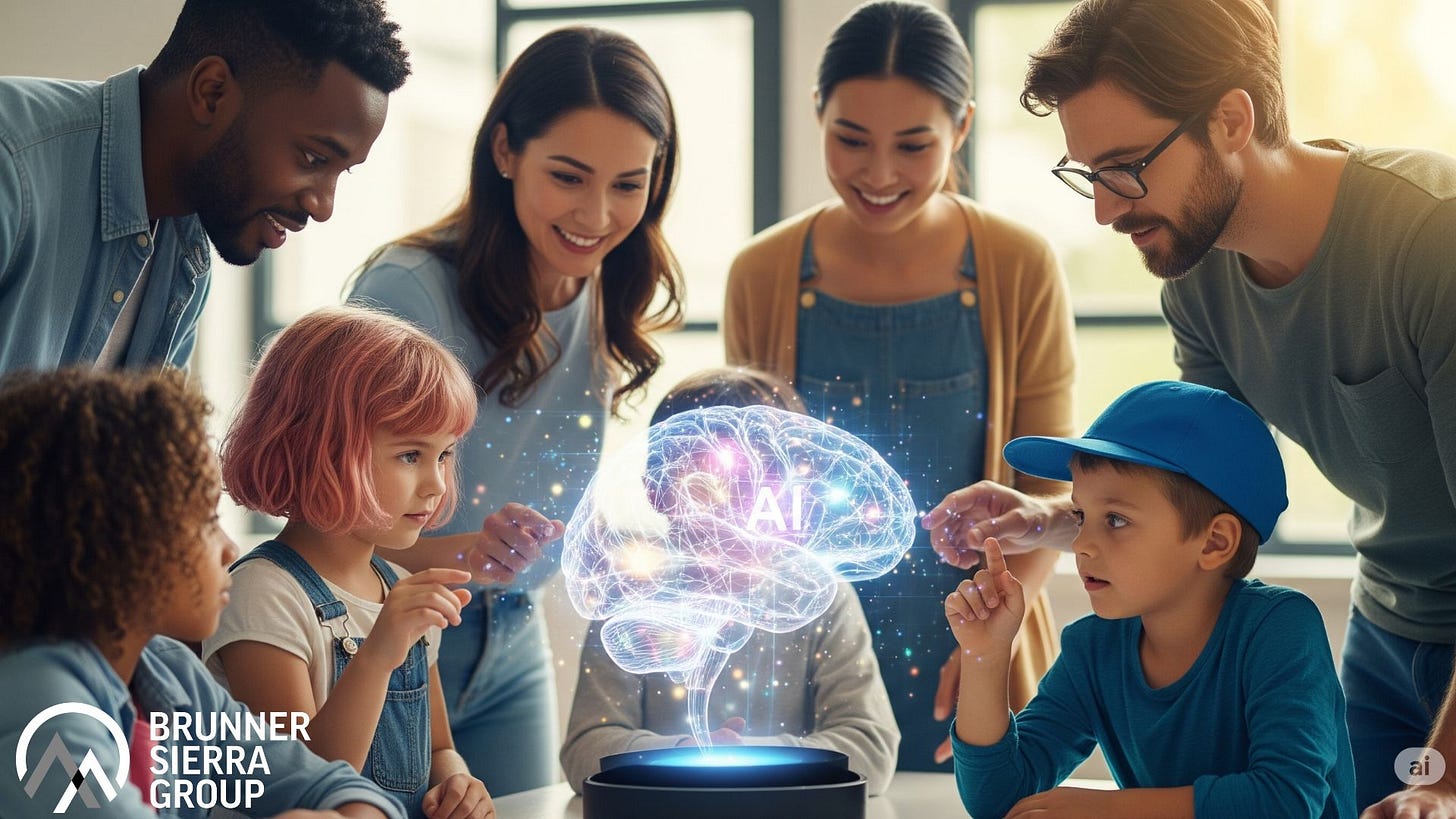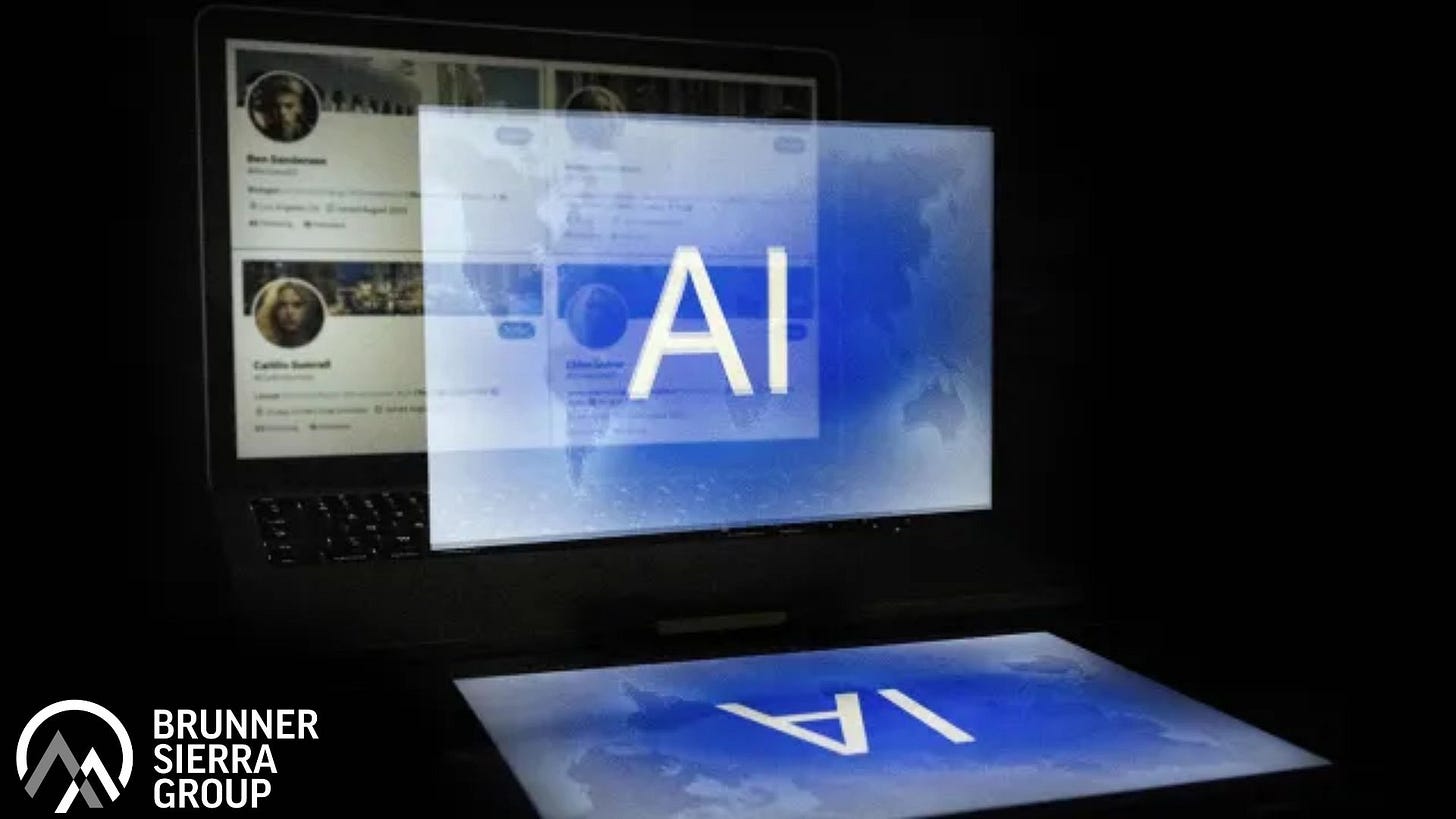Preparing Our Children for an AI Future: A Parental Imperative
Beyond Screen Time: Empowering Children with AI Understanding
Artificial Intelligence (AI) is no longer a futuristic concept; it's an undeniable force shaping our present and accelerating into our children's future. From personalized learning apps to generative AI assisting with schoolwork, AI is woven into the fabric of daily life, including the educational landscape. While the primary responsibility for a child's upbringing rests with parents, the rapid advancement of AI demands a proactive approach to their technological literacy. Completely shielding children from AI as it proliferates is not a viable solution; rather, a gradual and thoughtful introduction is crucial. This article explores the necessity of teaching children about AI, considering the appropriate age and methods for effective integration.
The Pervasive Presence of AI
AI is already an invisible hand in many of the technologies our children interact with daily. Voice assistants like Siri or Alexa, streaming service recommendations, and even the algorithms behind their favorite online games are all powered by AI. Ignoring this reality is akin to ignoring the internet in the early 2000s; it's a fundamental shift in how information is processed and how interactions occur. Parents can begin by explaining these everyday examples to children, helping them understand what AI is in simple terms. For more ideas on how to explain AI to young children, see this helpful guide.
AI is also making significant inroads into education, impacting how students learn and even how they produce work. AI-powered tutoring systems offer personalized learning paths, while generative AI tools can assist with writing papers or brainstorming ideas. Understanding how these tools function, their capabilities, and their limitations becomes essential for academic integrity and effective learning. Parents must recognize that AI is not just a tool for adults; it's a powerful presence in their children's educational journey, offering both opportunities and challenges.
Why Isolation Is Not the Answer
While concerns about screen time, misinformation, and over-reliance on technology are valid, complete isolation from AI will put children at a significant disadvantage. The world they will inherit will be deeply intertwined with AI, and a lack of understanding could hinder their ability to navigate it effectively, both personally and professionally. Just as we teach children about the basics of the internet or how to use a library, AI literacy will be a fundamental skill. Embracing AI education for kids offers numerous benefits, from fostering critical thinking to enhancing problem-solving skills.
Furthermore, isolating children could foster a sense of fear or mystery around AI, making them more susceptible to its potential pitfalls without the critical thinking skills to evaluate it. Instead, open dialogue and guided exploration can empower them to engage with AI responsibly. Learning about AI can also ignite creativity and problem-solving skills, preparing them for future innovations.
The Right Age to Begin the Conversation
Determining the "right" age to introduce children to AI is less about a hard-and-fast rule and more about a developmental continuum. For very young children (ages 5-7), the introduction should be playful and concept-based. This could involve explaining how a toy robot "learns" or how a smart speaker "understands" their voice, using simple analogies and relatable examples. The focus at this stage is on understanding that machines can "think" and make choices based on information. For specific age-appropriate AI introductions, this guide offers valuable insights.
As children move into late elementary school (ages 8-10), the conversation can deepen to include more concrete examples and simple interactions. This is a good time to introduce block-based coding platforms like Scratch, where they can visually understand how instructions lead to outcomes. Discussions can also begin around the ethical implications of AI, like fairness and bias, through age-appropriate scenarios.
Gradual Introduction: A Phased Approach
The key is a gradual, phased introduction that aligns with a child's cognitive development. Start by demystifying the AI they already encounter, explaining its function in everyday devices. Progress to interactive learning experiences, like simple coding games or apps that demonstrate AI principles. This hands-on approach makes abstract concepts tangible and engaging. Consider exploring safe AI tools for kids, such as Google's AI Experiments, which offer interactive ways to learn.
As children mature, introduce more complex topics such as algorithms, data, and machine learning, always relating them to real-world applications. Encourage critical thinking by asking questions about the information AI provides, emphasizing the importance of verifying facts. The goal is to build a foundation of understanding and critical evaluation, rather than simply presenting AI as an infallible source.
Emphasizing Critical Thinking and Ethics
Beyond understanding how AI works, it's paramount to teach children how to think critically about its outputs and ethical implications. Discuss the concept that AI is a tool created by humans and can reflect biases present in its training data. Explore scenarios where AI might make unfair decisions or generate misleading content. This cultivates a discerning approach to AI-generated information. Resources on teaching ethical AI to children can provide valuable frameworks for these discussions.
Open conversations about privacy and security are also crucial. Children should understand that AI systems often collect data and that responsible digital citizenship extends to how they interact with AI tools. Teaching them to question, analyze, and verify information from all sources, including AI, is a vital skill for navigating the increasingly complex digital landscape. This emphasis on critical thinking will be essential for their future.
Parental Role as Guide and Learner
Parents are the primary educators in a child's life, and this extends to AI literacy. It means staying informed about AI developments, engaging in open conversations, and even learning alongside their children. There's no need to be an AI expert; the willingness to explore, ask questions, and set boundaries is far more important. Many AI resources for parents and kids are available to support this journey.
Monitoring their children's interactions with AI, setting clear guidelines for usage, and encouraging a balanced approach to learning that includes both AI-assisted and traditional methods are key responsibilities. By actively participating in their children's AI journey, parents can ensure they are well-prepared to harness the benefits of this transformative technology while mitigating its potential risks, shaping their future skills.






